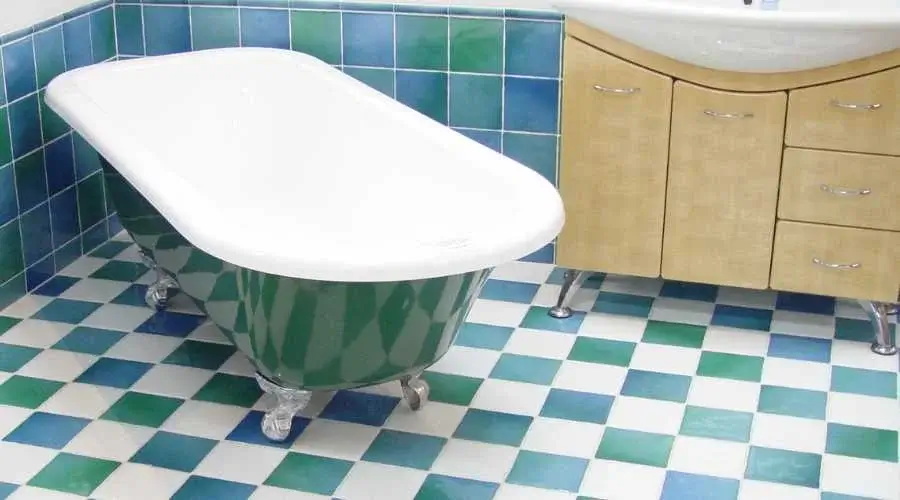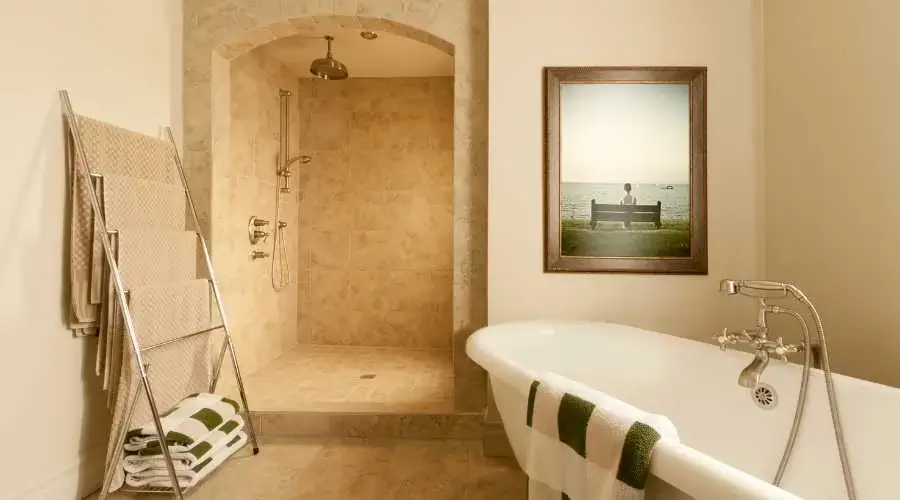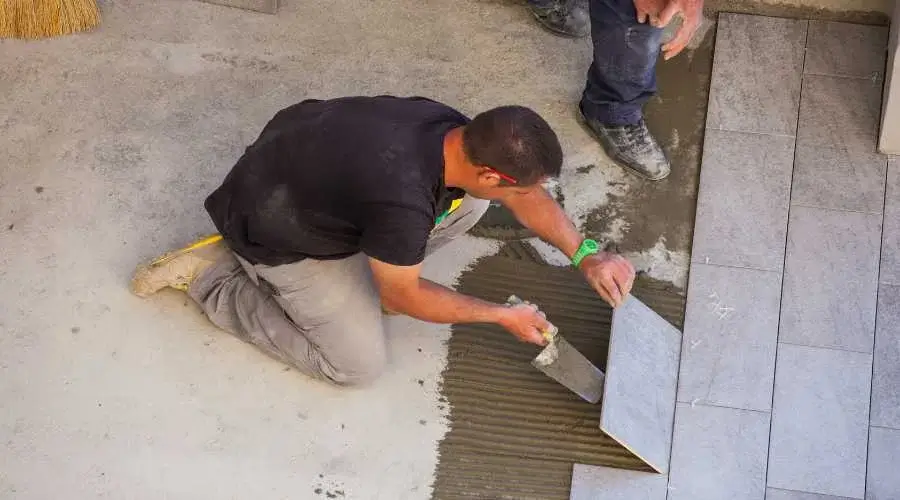Perhaps there is nothing more humiliating than having an old, heavily stained, and run-down bathtub at home. So, you decided to have it refinished and finally, it looks as good as new!
But then the real question now is how should you clean and care for it to preserve its new sleek and shiny coating? After all, reglazed tubs should be treated with care for it to last.
That way, you would not end back up with a dilapidated and discolored tub. In this guide, we will teach you how to properly care for a refinished bathtub.
The Most Important Rule: Liquid Non-Abrasives Are Best for Refinished Bathtub
If you have to remember just one rule to make your refinished tub last, it would be to use only soft liquid cleansers to clean and maintain the coating. Steer clear from abrasive cleaners because this would wear out the new coating of your tub.
This is because a refinished tub coating is made up of layers of specialized paint that can be nicked or scratched when handled without care. However, for non-abrasive cleaners to work effectively, you will need to clean the tub frequently so that soap scum or hard water deposits would not have the chance to build upon the tub.
So, stick to a strict cleaning schedule and non-abrasive cleansers will surely keep your reglazed or refinished tub in tip-top shape.
The following are the brands of commercial cleaners that are safe to use on refinished tubs:
- Scrubbing Bubbles
- Formula 409 (without bleach)
- Lysol Basin Tub and Tile Cleaner
- Dish Soap such as Dawn, Palmolive, or Ajax
- DIY-Mixture of Water and Vinegar
Cleaning Methods To Avoid to Make Reglazed Tubs Last Longer
Some people are used to bold and brazen methods of cleaning. However, with refinished tubs, you have to be careful and gentle. So keep in mind the following cleaning techniques that you should avoid to maintain the glossy new finish of your tub:
Rule 1: NEVER Use Abrasive Cleaning Products and Materials
Abrasives include harsh or gritty cleaners like rough sponges, Scotch-Brite pads, steel wool soap pads, or sponges with an abrasive layer on one side. In addition, steer clear from any products with bleach or ammonia such as
- Powdered cleansers (like Ajax or Comet)
- Bar Keepers Friend
- Household bleach or cleaners boosted with bleach
- Abrasive cream cleansers
- Acid-based cleaners
Rule 2: Avoid Steam Cleaning
At first glance, it might seem like using a household steam cleaner with a scrubbing attachment is an excellent way of getting rid of all the dirt and soap gunk in your tub. However, believe us when we say that this is a terrible idea because steam will not get the job done when it comes to reglazed tub finishes.
Not only that– it could also quickly damage the finish, especially if it gets underneath the coating or through any cracks.
Rule 3: NEVER EVER Power Wash
For the love of all things good, never ever resort to power washing when cleaning your reglazed tub. After all, power washing a reglazed surface will immediately erode the coating and cause it to peel away or have cracks.
Power washing your tub is also guaranteed to void any warranty on a professional refinishing job.
Rule 4: Refrain from Using Bath Mats or Appliques
Never use bath mats or appliques with suction cups in a newly refinished bathtub. This is because the suction cups could damage the coating and void your warranty.
However, If you intend to use a non-slip bath mat without suction cups, use it only when in the bathtub, then remove it after every use.

How to Clean a Refinished Bathtub
Follow these steps for a squeaky clean refinished bathtub that will last you for decades!
Here’s What You’ll Need:
- Bucket or container for rinse water
- Non-abrasive cleaner
- Sponge, microfiber cloth, or soft-bristle nylon brush
- Soft towel or rag
Step by Step Procedure:
- Rinse the tub with warm water to remove any dirt, hair, body oils, and excess soap residue.
- Liberally apply the gentle cleaner of your choice. Spread the cleaner all around with the use of a sponge and make sure it covers all the surfaces of the tub, especially the parts that are always used.
- Let the cleaner sit for about 5 minutes. By doing this, you are allowing the cleaner to properly dissolve soap residue and oils. It also gives the disinfectant cleaner time to disinfect the tub.
- After letting the cleaner sit for a while, proceed to scrub the entire tub surface with a soft sponge or a microfiber cloth. If the tub has a non-slip surface, you can scrub this area with a soft, nylon-bristle brush.
- To wash away the suds and dissolved gunk, rince the tub thoroughly. Make sure you are not leaving any trace of the cleaner you used. This is because any cleaner can damage a tub’s finish if it is allowed to dry on the surface.
- Once you confirm the tub is free from excess cleaner residue, wipe the tub dry with a soft towel or cloth. Then, as an optional step, you can opt to buff the finish to a like-new shine. Note that you do not need to buff the surface after every cleaning, but still, it is an easy way to restore its shine.
Got an Old, Dilapidated Bathtub You Wish to Restore?
If you do, contact us at (302) 600-1635. Wilmington Tub Reglazing is here to help you with all of your bathtub needs! We work with homeowners across the state of New Jersey to give bathtubs the love and care they deserve, all while keeping our clients’ budgets in mind.
We pride ourselves with our excellent service, fast turnaround time, and friendly customer service team who will assist you all the way and answer all your questions before we get started on the project. So what are you waiting for? Call us today to get a free estimate!
Also check this great article about “What are the Different Types of Bathtubs and Which One is Right for You?”







